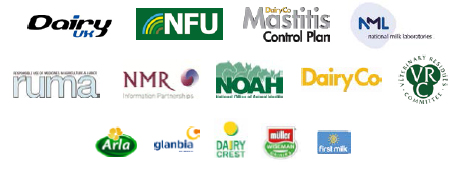Back to Antibiotics in Agriculture page
Follow the flow chart below to manage the herd to keep the milk free of antibiotic residues.
Unless advised by your vet, follow the manufacturer’s instructions for the correct number of treatments, treatment interval, dose rate and withdrawal period.
If in doubt, always consult your vet, who may recommend an appropriate withdrawal period and/or the use of a suitable antibiotic residue test.


 American English
American English


Comments are closed.